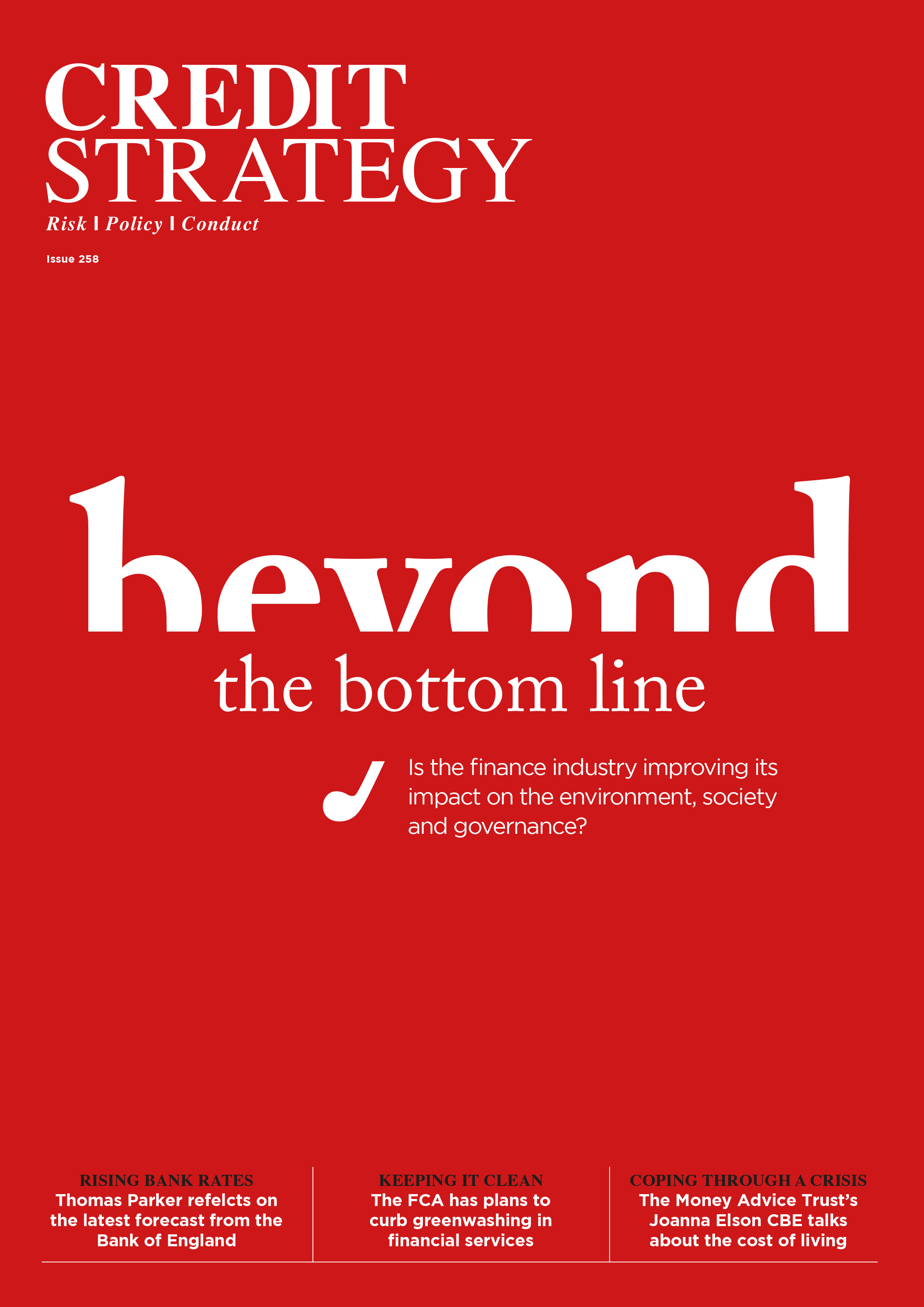Dun & Bradstreet: UK risk outlook improved, but further political shocks could have impact
The UK’s outlook is improved to “stable” according to Dun & Bradstreet’s UK Quarterly Industry Report, but how will other political milestones affect future quarters?

D&B upgrades UK risk rating and economic outlook
The date for the UK’s exit from the EU has been postponed to October 2019 amid continued talks across government and industry. Parliamentary discussions appear to want to avoid a no-deal Brexit, which could have consequences for the British economy.
Dun & Bradstreet’s recently assigned “stable” outlook (improved from the previous “deteriorating rapidly” status) comes as welcome news – but there are numerous political events still yet to unfold.
Strong labour market with increased average earnings
Whereas real GDP grew at a slower rate after the referendum regarding the EU Exit, the UK labour market remains healthy. Overall employment levels are at a record high approaching 33 million and average weekly earnings are also showing growth as reported by the Office for National Statistics. Furthermore, considering the increases to minimum wage levels allied with a continuing increase in job vacancies, further rises in average earnings could be forecast.
Sustained, marginal improvement in prompt payments
Dun & Bradstreet data shows that on-time payments show a marginal, yet sustained improvement. This is positive despite uncertainties related to wider macroeconomic challenges beyond Brexit. However, late payments continue to be problematic for business and specifically for SMEs. The Association of Chartered Certified Accountants report that organisations with fewer than 50 employees are typically twice as likely (relative to larger enterprises) to experience late payment problems, exacerbating financial risks.
Fewer corporate liquidations, but some sectors remain challenging
Dun & Bradstreet recorded decreases in the rate of corporate liquidations over the first part of 2019. However, the retail sector suffered a large increase in liquidations and has included some high-profile traditional names which have suffered as online retailers continue to grow their business base. Furthermore, the construction industry experienced a small rise in the number of liquidations.
Download the full UK Quarterly Industry Report here for additional insights on the UK economic outlook, a deep dive on trends in corporate liquidations and payments performance, as well as recommendations from D&B Country Insights team.
Stay up-to-date with the latest articles from the Credit Strategy team
READ NEXT
The Budget - 2p National Insurance cut confirmed by the Chancellor
2024 Credit 500 unveiled
Get the latest industry news







